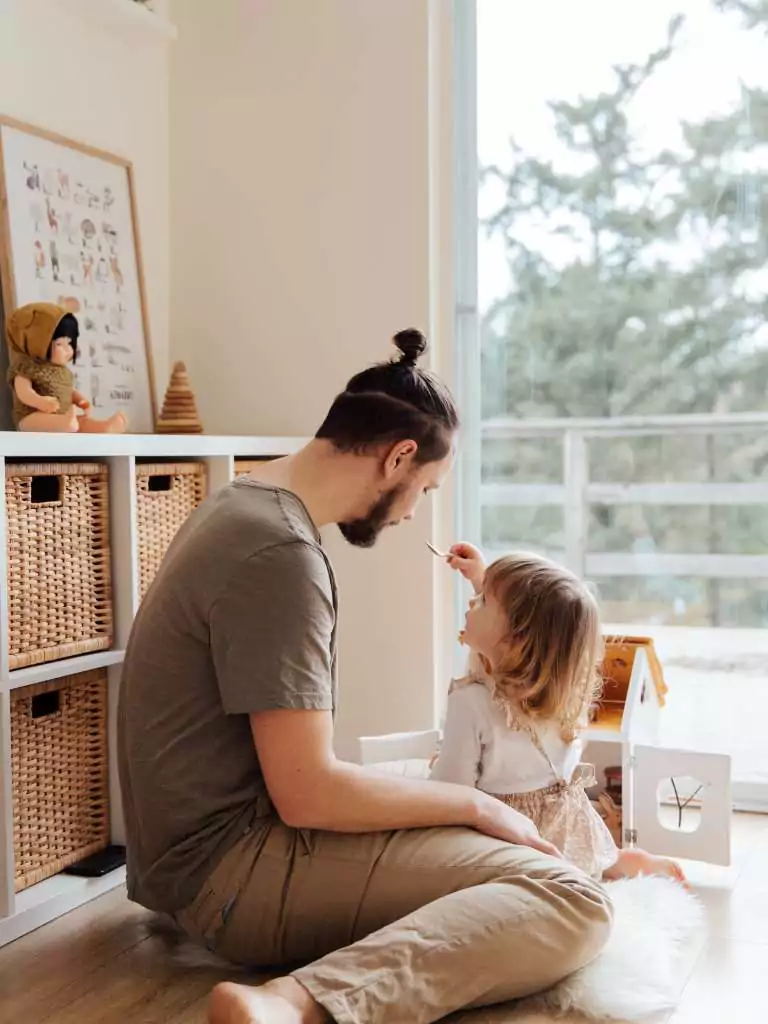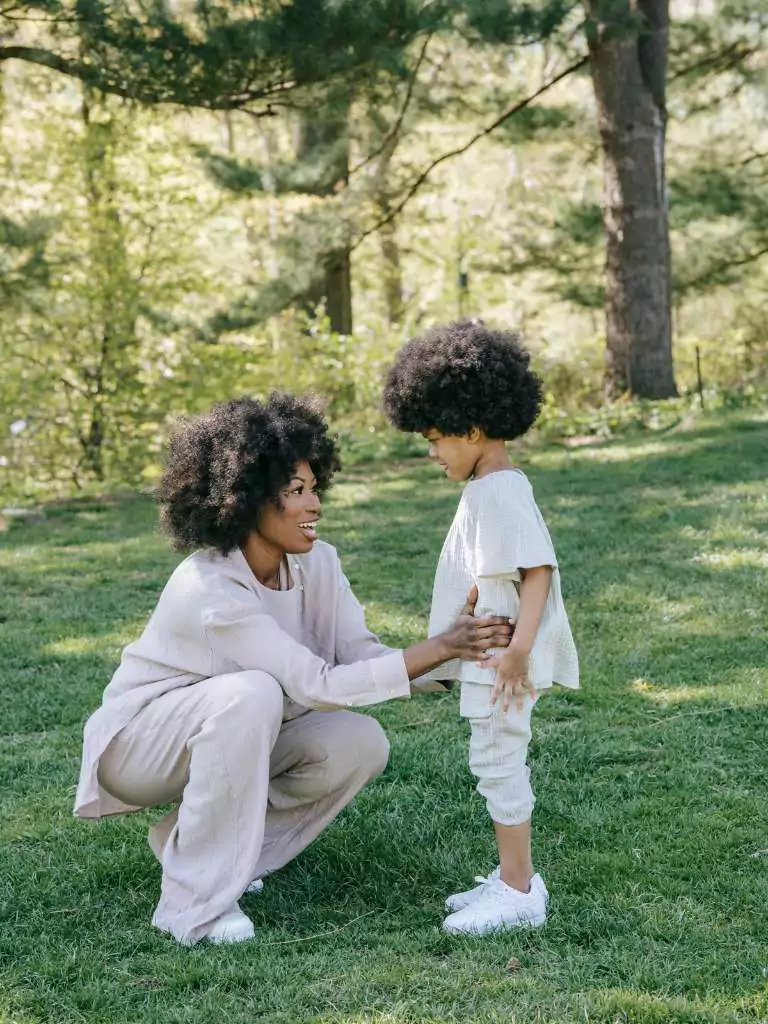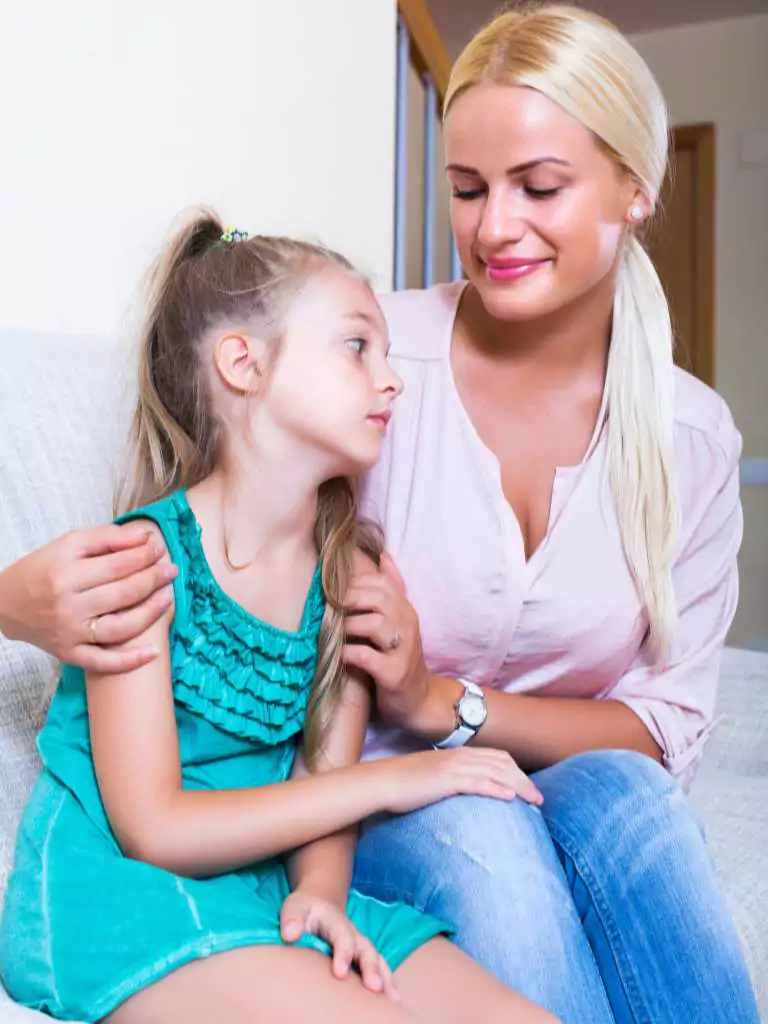Let’s be honest – discipline kids can sometimes feel like trying to solve a Rubik’s cube blindfolded. You want to guide your little tornadoes with love but still keep some order in the chaos. That’s where positive discipline strategies for kids come in handy.
Instead of yelling or timeouts that feel like punishments, these parenting discipline tips focus on encouraging good behavior while building trust and respect. Be it toddler discipline or working with older kids, behavior management strategies can make your parenting journey smoother and more joyful.
Plus, using tools like discipline charts for kids can turn discipline into a fun and rewarding game. So, let’s explore some smart, gentle ways to keep your home happy and your kids growing into respectful little humans.
1. Set Clear and Consistent Expectations
Kids thrive on knowing what’s expected of them. If the rules change every day, confusion and frustration will rule the house instead of peace.
Setting clear boundaries like “We speak kindly” or “We put toys away after playing” helps kids understand limits without feeling trapped. Consistency in enforcing these rules is key.
When you repeat your expectations calmly but firmly, kids learn that good behavior is the norm, not the exception. This is a cornerstone of parenting discipline that makes the rest of the strategies easier to follow.
2. Use Positive Reinforcement Often
We all like a little praise, right? Positive reinforcement means celebrating the good stuff — like when your toddler shares a toy or your older child finishes homework on time.
Say things like, “I’m proud of how nicely you asked for help,” instead of focusing on what went wrong. It encourages your kids to repeat good behaviors because they want more of those happy moments with you.
It’s a simple behavior management strategy that works wonders for building confidence and cooperation.
3. Introduce Discipline Charts for Kids
Discipline charts for kids are like little maps to success. They help children visualize their progress and feel proud when they hit milestones.
For toddlers, you can use sticker charts for tasks like brushing teeth or cleaning up toys. Older kids can handle more complex charts with goals like completing chores or managing screen time.
When kids see their good behavior rewarded regularly, they feel motivated to keep it up. It also adds a fun, game-like element to discipline that takes the sting out of following rules.
4. Offer Choices to Empower Your Child
Giving kids choices helps them feel respected and more in control of their actions.
Instead of saying, “You must do your homework now,” try, “Would you like to do your homework before or after snack?” Small decisions like this teach responsibility and reduce power struggles.
It’s a gentle parenting strategy that says, “I trust you to make good decisions,” which boosts their self-esteem and cooperation.
5. Practice Active Listening and Empathy
Sometimes, misbehavior is just a cry for attention or understanding. When you practice active listening, you show your child their feelings matter.
Say things like, “I see you’re upset because playtime ended.” This helps your child feel heard and calms down faster. Empathy in discipline isn’t about giving in but about connecting.
It teaches kids to understand their own feelings and helps you guide them better.
6. Use Natural and Logical Consequences
Instead of punishments that feel unfair, natural and logical consequences help kids learn from their actions. If they refuse to wear a jacket, they might feel cold – that’s a natural consequence.
If they don’t put away toys, the toys might get taken away for a while — that’s logical. This type of discipline strategy teaches responsibility and cause-effect thinking without yelling or threats.
7. Keep Instructions Simple and Age-Appropriate
Sometimes kids don’t misbehave because they want to be naughty, but because instructions are confusing or too long.
Especially for toddlers, short and clear commands like “Please put the blocks in the box” work best. Older kids can handle more detailed instructions, but it’s always good to check if they understand.
Clear communication is a discipline tip that prevents frustration on both sides.
8. Stay Calm and Model the Behavior You Want
Ever notice how your kid mirrors your mood? If you yell, they yell. If you stay calm, they calm down faster. Staying calm during discipline moments models emotional regulation for your child.
It’s like saying, “This is how grown-ups solve problems.” This parenting strategy helps build a respectful and peaceful household, and teaches kids how to manage their own emotions.
9. Create a Routine That Supports Good Behavior
Kids feel safer and behave better when they know what’s coming next. A daily routine with regular meal times, playtimes, and bedtimes sets the stage for discipline success.
Predictable schedules reduce stress and tantrums because children know what to expect. Incorporating discipline strategies for kids into a routine makes good behavior part of daily life, not just a rule to follow when you’re watching.
10. Be Patient and Celebrate Progress, Not Perfection
Parenting is a marathon, not a sprint. Positive discipline is about progress, not perfection. There will be days when nothing seems to go right – and that’s okay.
Celebrate small wins like one tantrum less or a day with no yelling. This mindset keeps you motivated and shows your kids that making mistakes is part of learning.
After all, we’re all a work in progress!
Conclusion
Positive discipline strategies for kids aren’t about being perfect parents; they’re about being loving, patient guides who help children grow with respect and kindness.
Using parenting discipline tips like clear expectations, positive reinforcement, and fun tools like discipline charts for kids, you can manage behavior without stress or shouting.
Remember, every child and family is different, so be gentle with yourself as you try these strategies. Keep calm, stay consistent, and enjoy the journey of raising happy, respectful kids. You’ve got this!










